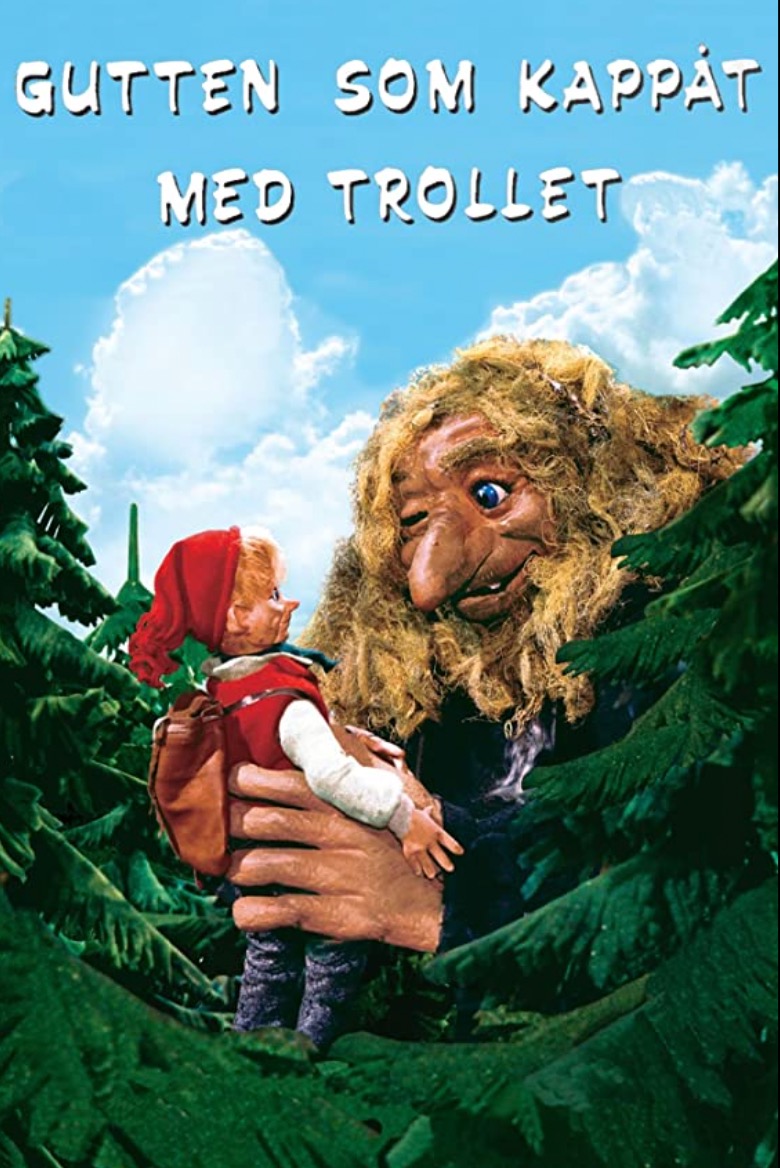Description of Informant
PV (52) is a pharmacist and businesswoman from St. Louis, Missouri. Raised in a Persian household, PV spent some of her early childhood between the US and Iran, prior to the revolution. For the last two decades, PV has lived in the San Francisco Bay Area.
—
Context of Interview
The informant, PV, sits in her kitchen browsing Twitter, while her daughter, LK, snacks on french fries. The collector, BK, is PV’s son, and lives with her and LK.
Interview
BK: So tell me about these car games/superstitions.
PV: I think… my memory is… so there’s all these things, when I was a teenager, right? And we would be driving with friends, you started to pick up some of these, kind of, rituals that people had in their own— because, like, when you’re friends and you’re not driving in a car you never really, like, pick these things up. So it was more like when I turned 16 and we were driving, all of a sudden I noticed— we’d be driving and it would be a Friday night— and all of a sudden I remember a car went by and one of the headlights was out, and all of a sudden [my friend] went, “Perdiddle!” And I’m like, “What?” and she’s like, “Oh, don’t you guys do that?” and I’m like, “Don’t I do what?” *laughing* And we were like, so we were like, “Oh okay cool!” So whenever another car would go by that had a headlight out, then somebody would yell “Perdiddle!” So that became kind of a thing, right?
PV: And then there was this thing about if you go over a bridge… now that’s the part where I can’t remember. I think some people would tap the ceiling when you go over the bridge. I don’t know what that was about. But other people would lift their feet up [in the car] when they’d go over a bridge. Silly games, I guess.
BK: And LK you said you had something about…
LK: We’d just hold our breath. When we’d go through a tunnel. And see who could hold their breath through the whole thing. I don’t know really when it started but it’s— I feel like a lot of people know about it. Like whenever I’m with friends or whatever I’m always like, “Okay, ready? 1-2-3!” And we all hold our breath and like, everybody just does it and knows that it’s a thing, but we don’t, like, know how we all found out about it. Like, I felt that probably one time it happened and we all did it— like nobody was shocked when we all did it. It was like nobody was surprised.
PV: Oh, when I was with [my ex], they always honked when they went in the tunnel.
BK: Honked… long? Or, was it just like a “beep!”
PV: Well, I will tell you. The idea was you were only supposed to honk when you went in the tunnel. Just a tap, I thought that’s all it was. But one time I got really mad because, we were in… believe it or not, of all things we were in, you know, like Monte Carlo? We’d gone from south of France, Monte Carlo, south of Italy, you know, like that area. And we were going through a tunnel. The whatchamacallit had been going on… the Tour de France. And we were in a tunnel and he’s going honk! honk! honk! honk! for the entire long tunnel. And his daughter starts crying cuz her ears are hurting and he doesn’t stop. He’s like “You’re supposed to honk in tunnels.” So like, his desire to do the honking in tunnel… was stronger. That ritual was stronger than his daughter crying.
Collector’s Reflection
Looking over each of these car games/activities, one may immediately suspect they are methods to keep yourself occupied on a long drive, especially pre-smartphone. However, upon inspection, a pattern becomes clear: hazard avoidance. Each of these games is performed in the presence of a potential hazard, and seems to be a superstitious ritual to protect oneself/the occupants of the vehicle.
Take the bridge and tunnel examples. Both present the threat of imminent collapse. Perhaps tapping the roof represents lifting the car over the bridge. If there’s water under the bridge, you may lift your feet to keep them from “getting wet”; otherwise, raising your feet may help you float above the bridge, or avoid adding excess weight so the structure stays standing. Holding one’s breath in a tunnel seems to be an act of prayer, akin to holding your breath in a high-stakes situation. Again, superstitious and intangible, but for good reason.
These car games can have more practical origins/applications too. Perdiddle (or padiddle as it’s sometimes known) can keep the driver and passenger aware of reckless drivers on the road. If a car approaches with one headlight, calling perdiddle ensures that your driver is aware of the potential risk. Such a threat posed by these single-headlight cars is their similar appearance to motorcycles in the dark. If the driver isn’t paying attention, they might get too close, not realizing the oncoming vehicle is much larger/wider than it seems.
Similarly, honking as you drive through a tunnel signals to oncoming traffic, much in the spirit of old trains. The auditory cue will allow any pedestrians or oncoming cars not yet in the vehicle’s line of sight to clear out, keeping everyone safe.

